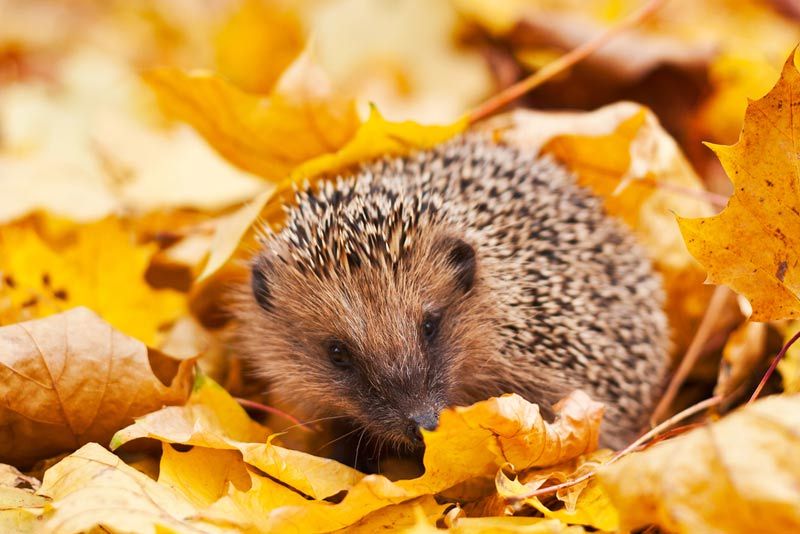Salmonella Outbreak Linked to Hedgehogs Sickens 20 People

A salmonella outbreak linked to pet hedgehogs has sickened 20 people in eight states, according to a new report from the Centers for Disease Control and Prevention (CDC).
All the patients were infected with a strain of bacteria called Salmonella typhimurium. Fourteen of the ill people reported direct contact with hedgehogs, the CDC said.
The outbreak began in December 2011, and has continued into 2013. So far, four people have been hospitalized, and one has died. Many of the affected have been children, the CDC said.
Washington state has reported the most cases, seven, followed by Michigan, Minnesota and Ohio, which have each reported three cases. Other states that have reported infections are Alabama, Illinois, Indiana and Oregon.
Although the most common source of salmonella infections is food poisoning, animals can spread the disease as well. Besides hedgehogs, salmonella outbreaks have also been linked to pet turtles.
To reduce the risk of infection, it's important to wash your hands after handling hedgehogs, or anything the animals come in contact with, the CDC said. Adults should supervise children around hedgehogs and make sure the youngsters wash their hands after touching the animal or anything the hedgehog has been in contact with.
The report will be published this week in the CDC's Morbidity and Mortality Weekly Report.
Sign up for the Live Science daily newsletter now
Get the world’s most fascinating discoveries delivered straight to your inbox.
Pass it on: Twenty people have fallen ill from a salmonella outbreak linked to hedgehogs.
Follow Rachael Rettner on Twitter @RachaelRettner, or MyHealthNewsDaily @MyHealth_MHND. We're also on Facebook & Google+.

Rachael is a Live Science contributor, and was a former channel editor and senior writer for Live Science between 2010 and 2022. She has a master's degree in journalism from New York University's Science, Health and Environmental Reporting Program. She also holds a B.S. in molecular biology and an M.S. in biology from the University of California, San Diego. Her work has appeared in Scienceline, The Washington Post and Scientific American.











